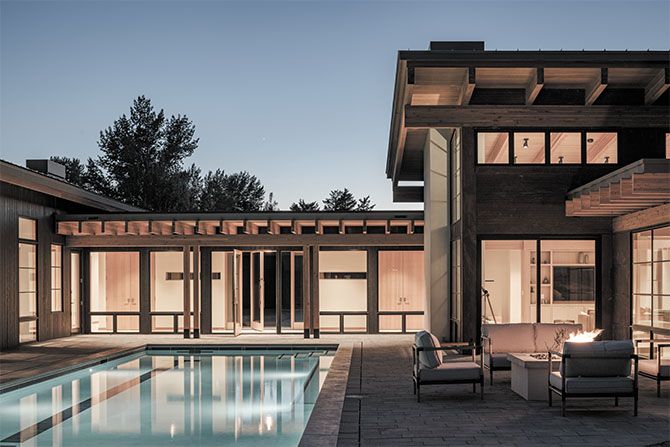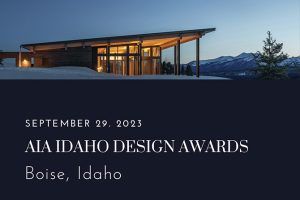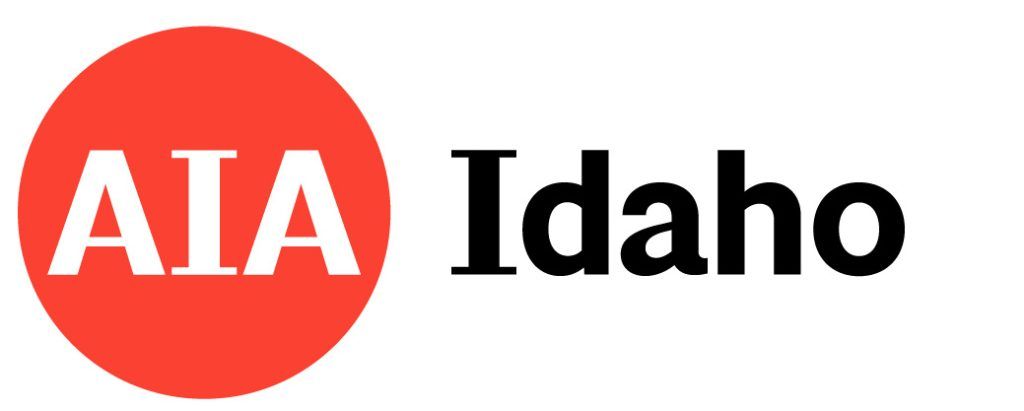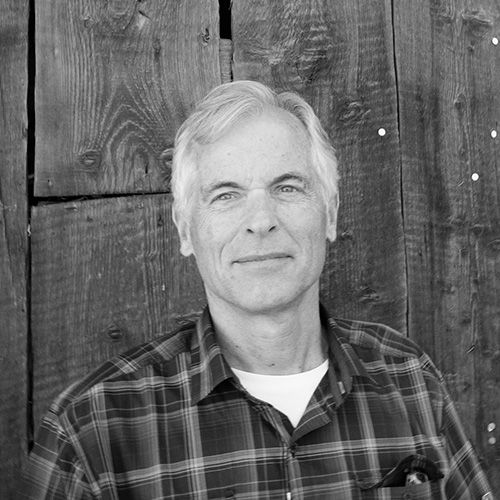
Jeff Williams, Founding Principal of Williams | Partners Architects, has been designing homes in the Sun Valley area since 1992. His goal, and that of his partners and associates, is to deliver quality service to the clients with whom they engage. Williams | Partners has amassed an impressive resume of projects, an illustrious listing of awards, and has enjoyed its share of notable magazine exposure.
Recently, as part of our “Legends” series, AIA Idaho had the opportunity to speak to Jeff. He was gracious with his time, and we hope you enjoy learning more about one of Idaho’s own architectural mavens.
When and why did you decide to become an architect?
[It’s] kind of a long story. Our family moved around a lot when I was a kid as my dad climbed the corporate ladder. In those days, your success within a company depended on your willingness to relocate as needed. So, our family as a unit became accustomed to looking at houses as we moved to new areas. We would drive around different neighborhoods and discuss design and schools, etc. When I was in maybe the fifth grade, my older brother was on track to becoming an architect. He took construction drawings from a house we once thought we would build (we moved before that could happen) and made a large-scale model of the project, complete with balsa wood 2x4s and plaster walls for concrete foundation walls. His project fascinated me, and I was bitten by the bug myself. (He later changed his mind about his profession when he felt he was too weak in mathematics.)
Several times after that, while still in lower grades, I took architecture or art classes with architecture emphasis and designed several houses. Years later, I headed to college, not committing to my major. I also felt I was not strong in mathematics, and my father pushed me hard to get a business degree. In the middle of my freshman year at Washington State University (WSU), I wandered into the Landscape Architecture department studios (I mistakenly thought it was the architecture department) and decided then and there that architecture was what I wanted to do, and later that week, met with the chairman of the department and committed to it.
On top of all that, my great-grandfather was an architect who practiced in Denver and Seattle. And although he passed away before I was born, he was an inspiration to the extended family long after he was gone; many of my older relatives told me that at some point in their lives, they also wanted to become architects. Not only had he been successful and influential in his architecture practice, but he had also been the Chairman of the Department of Architecture at the University of Washington for 15 years, been President of the Seattle Chapter of the AIA for two terms and elevated to Fellow in 1934. His name was Harlan Thomas.
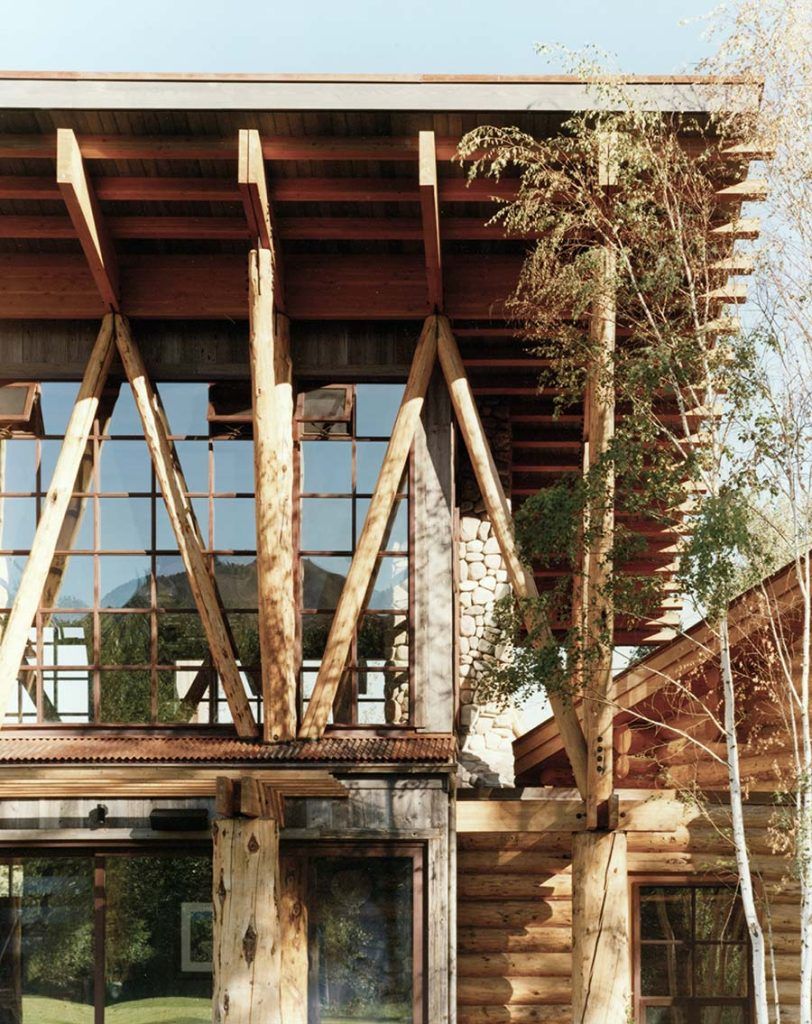
Photos courtesy of Williams | Partners Architects

What is your favorite architectural style? Did any architect, in particular, inspire you?
While in school, I was a total architectural history junkie. I used to hang out in the rare books section of the architectural library and read virtually every book, soaking it all in. Over the years, while fans of many architects, my two favorites were mostly reduced to Frank Lloyd Wright and Louis Kahn. I loved the way Wright’s work came alive and was fluid and dynamic architectural sculpture. His work was very expressive and, for me, showy and very intoxicating. The natural materials he used connected the building to the earth and grounded the composition with an authenticity that most period houses did not. Kahn’s work came from a different place and showed how a completely different approach to design could yield great work. His work struck me as poetic and reductive, introspective and calm. His work felt like it had a spiritual basis, a centered approach where inspiration comes from within.
Tell us about your university education at Washington State University.
I loved attending WSU. The location in the Palouse seemed magical; I had never lived in such a remote and rural area. Many of my fellow students from cities and suburbs were quite uncomfortable with the location, but I felt I had found, if not a permanent home, a contrasting vision from the typical urban and suburban lifestyle. This, plus living three years after graduation in rural Skagit Valley in western Washington state, was a big part of my desire to live in a small community.
My education at WSU was self-driven. I didn’t have many strong influential mentors. I worked very long hours until my health became affected, but then I backed off only enough to keep going. Guidance from my professors seemed minimal, but short comments here and there were all it took to open my eyes to possibility. I always loved the suggestions that caused me to consider a deeper and broader approach. I felt that college was the place to be a bit unrealistic and more open to possibilities than expedited solutions of the workplace.
Who were your mentors?
I tried to see the leaders in the field as my mentors. And in the summer before my last year in college and the year after graduation, I traveled quite a bit to see as much architecture in person as possible. The year after graduation, I drove 17,000 miles around the country following the trail of what I considered important historical and contemporary work. (Later on, I did a similar thing in Europe.)
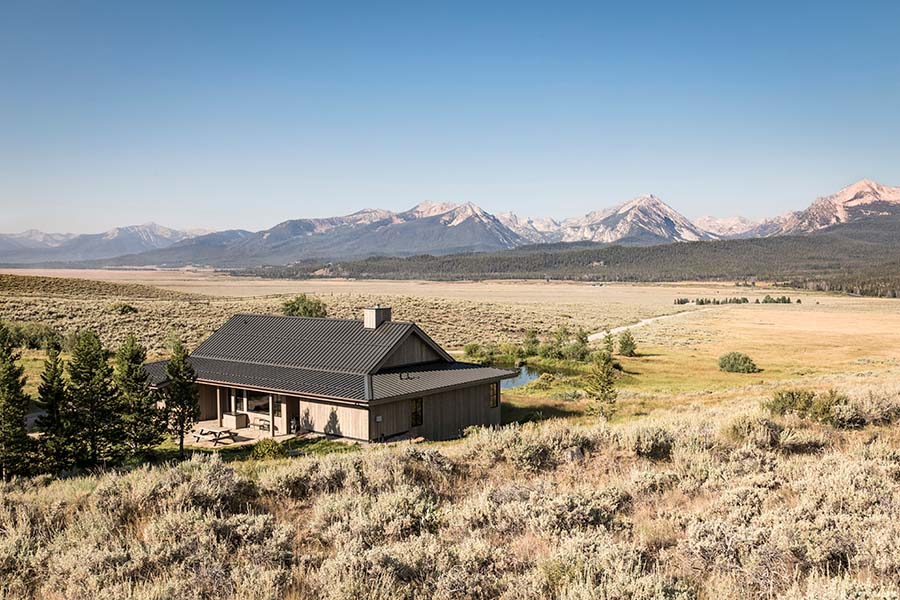
Photos courtesy of Williams | Partners Architects
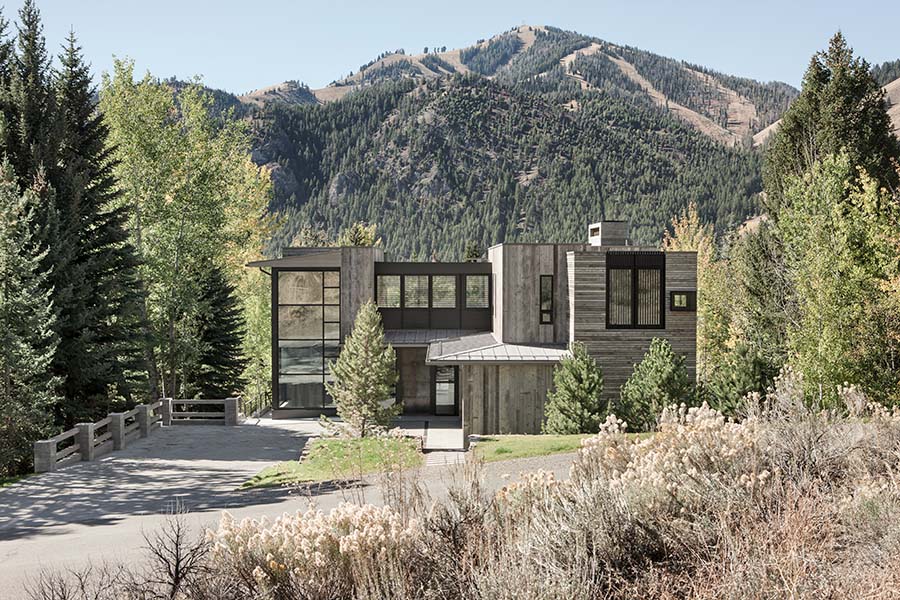
Tell us about the journey of working as a sole proprietor at Jeffrey Charles Williams Architect to becoming an incorporated firm as Williams | Partners Architects.
My work history began while still in school. I spent two summers working in the Seattle area for architects as an intern in the late 1970s. After graduation, I planned to work for the best architects I could in the Seattle area and discover what kind of office suited me. I worked for sole proprietors, mid-sized offices and at one of the largest firms in the world. It was clear to me that in small firms, I would be exposed to more aspects of the process and also, the work was generally on smaller projects that cycled faster.
Once I moved to Idaho, I worked for smaller firms but yearned to have the freedom to design on my own. As I started my own business, I worked as a sole proprietor for seven years doing everything from bookkeeping to cleaning the office. It felt cleansing. Those were tough times as well, and I learned that every kind of work kept the office going. Eventually, I needed help with the amount of work that had come my way, and things progressed with a boom about 10 years in, which led to my first experience with partners. The Great Recession came immediately after, and a whole new cycle began. It took another 10 years before I returned to a scenario with partners in the business.
How has your career evolved over the years?
What I learned during the first 20 years of my business was to provide value to my clients; it wasn’t about me, it was about what I could do for them. But I was always keen to provide more than they expected. Working through many years of tough economy and competition, skills were honed to provide simple and direct projects that reached as far as clients were willing to go. Many budgets limited our ambitions, but we could still get design awards doing this kind of thing. Lately, clients and the economy have changed, ambitions have changed, but we still strive to provide sensible design and seek sensible clients for work that fits with context and environment.
What career accomplishment are you proudest of?
Over the years, we have created a number of projects we are very proud of. One constant over the years is that we never decide what a project should be at one moment early in the design process. It’s more like carving a shape out of a chunk of wood, modifying the shape as you discover more of the nature of the piece of wood you are working on. Knots, shifts in grain direction force you to rethink the outcome so that in the end, you are surprised but satisfied with the result.
In our world of digital media, new and innovative imagery of design solutions are spread around the world instantly. Fads become worldwide within a short period of time, and buildings in Idaho look like buildings anywhere in the world. It can be intoxicating, as I mentioned before, but we are proud of building projects that reflect context, environment and the client as much as possible. The building becomes linked to its place in Idaho, then to broader influences.
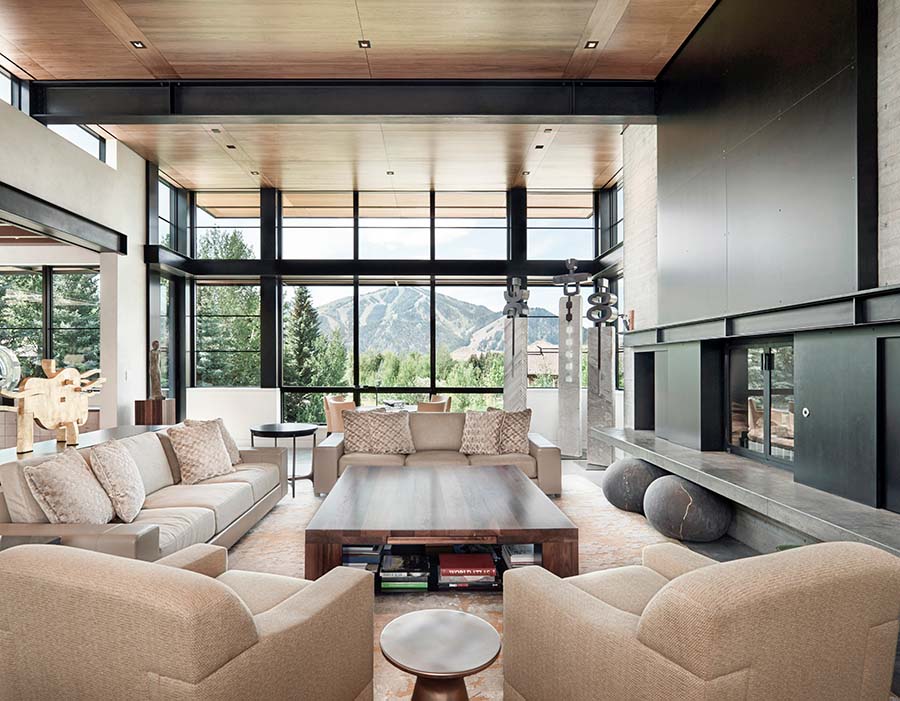
Photos courtesy of Williams | Partners Architects
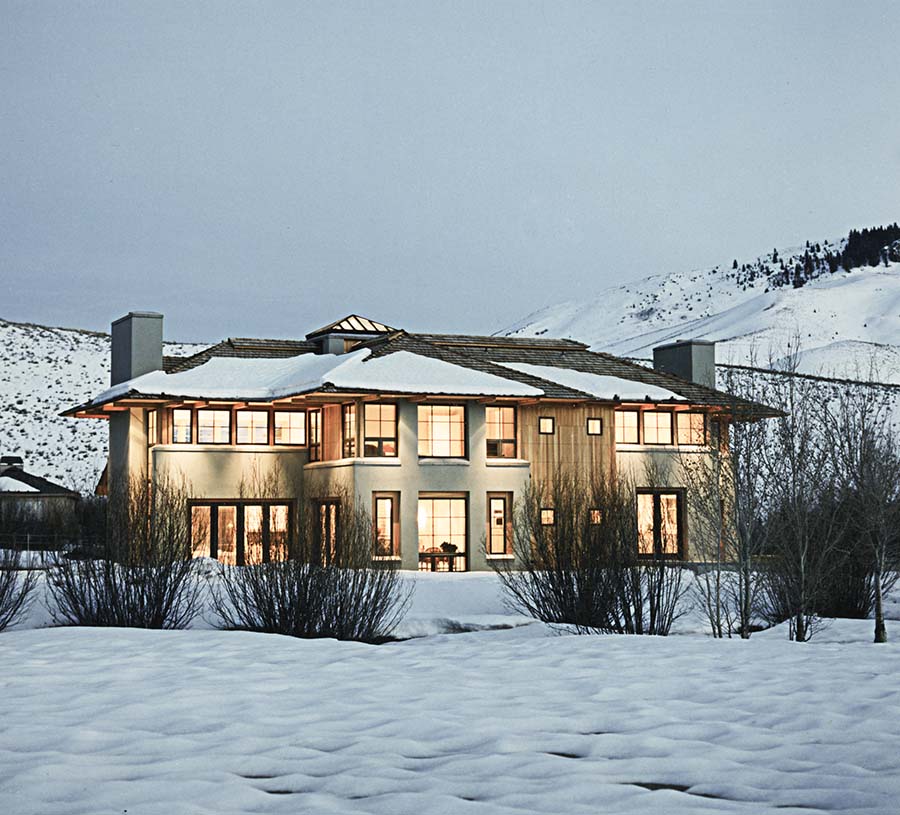
How do you feel about the evolution of the architectural industry during your career as an architect?
The evolution of the part of the architectural industry I am involved with has evolved a lot, but it has to keep evolving to keep up with the needs of the world. It sometimes is painfully slow, but progress is being made with every new generation of clients, designers and builders. Designers can always find new ways to use new materials; it’s part of our DNA, but someone needs to pay for it, and someone needs to develop it.
What is your favorite project you have worked on?
Our favorite projects are client-related. We have been blessed to have some really terrific people to work for. The best are brave in that they don’t have fixed images in their head when they start; they are open to unfamiliar things and trust the process and our experience. Not that they give us carte blanche, they certainly don’t, but they tell us what they want in terms of lifestyle and use, and we work through what that means.
What do you see as the biggest challenge for Idaho architects today?
Cost of construction is a big problem, so once again, the problem for architects is providing value to their clients. Architects need to understand the value issue and what it means to do good design work within a strict budget. What is the value added by using an architect? From many clients’ and builders’ points of view, value in the housing market has led to big houses with big volumes with big gestures. The commonly called “McMansion” is in evidence throughout the country. Most are unbelievably ugly and misguided.
What can Idaho do to try to manage growth?
This is a huge issue handled differently in communities of different scales. I feel that most Idahoans would like to live in towns with a unique identity and don’t feel like “Anywhere USA.” But looking to the past is not the way to solve the problems in growing communities. In our own area, people fight to keep things the same by fighting change via zoning regulations that just move development to a new place. Towns need to plan for the future, not fight it. Rural areas should be preserved, and towns need to accommodate change and growth in a way that deals with density, scale and circulation that builds the culture of the town and creates places that help define community identity.
What can architects do to address affordable housing in Idaho?
Architects are quite willing to design such projects, but few developers are interested in projects of such limited profitability. I’ve toured projects that use a variety of techniques to reduce costs, from modular to prefab components to conventional construction. But somehow, the financing of the projects must rise to the need. Good design will follow.
Final thoughts to pass on to up-and-coming architects?
The future is yours. Dive in, get to know how things work but always keep your mind on the future, where everything will be done differently. Quality is always the point, but how you get there will be different in five years. Be flexible, talk to many people in the industry, keep your ears and eyes open. Try new things, find young clients who want to experiment. Have fun!
Any last thoughts?
As someone who has maintained a business for over 30 years, I guess I can say I worked hard to figure out what I wanted in this profession when I was young, then worked to keep my eyes on that goal. That goal has remained the same for me, and I am happy I didn’t get distracted by things I didn’t really want. Luckily, what I wanted workwise remained the same, so I broadened my life by adding family, where I choose to live, and a healthy lifestyle.



